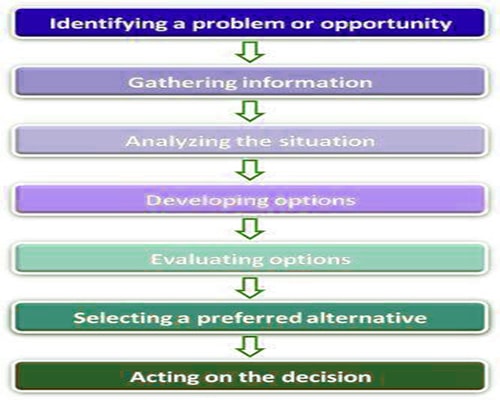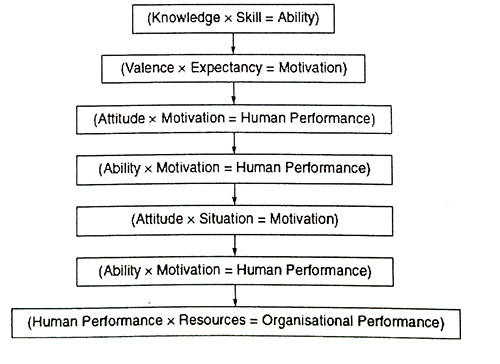Rational decision-making processes consist of a sequence of steps designed to rationally develop the desired solution. Typically these steps involve:

Identifying a problem or opportunity
The first step is to recognize a problem or to see opportunities that may be worthwhile. A rational decision-making model is best employed where relatively complex decisions have to be made.
The first decision-making lesson should be to ask yourself if you really have a problem to solve or a decision to make. Then read this article for more specific advice: Problem Solving Skill: Finding the Right Problem to Solve.
Gathering information
What is relevant and what is not relevant to the decision? What do you need to know before you can make a decision, or that will help you make the right one?
Analyzing the situation
What may alternative courses of action be available to you? What different. interpretations of the data may be possible? Our Problem Solving Activity uses a set of structured questions to encourage both broad and deep analysis of your situation or problem.
Developing options
Generate several possible options. Be creative and positive. Read The Power of Positive Thinking for our five questions that create possibilities.
Evaluating alternatives
What criteria should you use to evaluate? Evaluate for feasibility, acceptability, and desirability. Which alternative will best achieve your objectives?
Selecting a preferred alternative
Explore the provisional preferred alternative for future possible adverse consequences. What problems might it create? What are the risks of making this decision?
Acting on the decision
Put a plan in place to implement the decision. Have you allocated resources to implement? Is the decision accepted and supported by colleagues? Are they committed to making the decision work?











